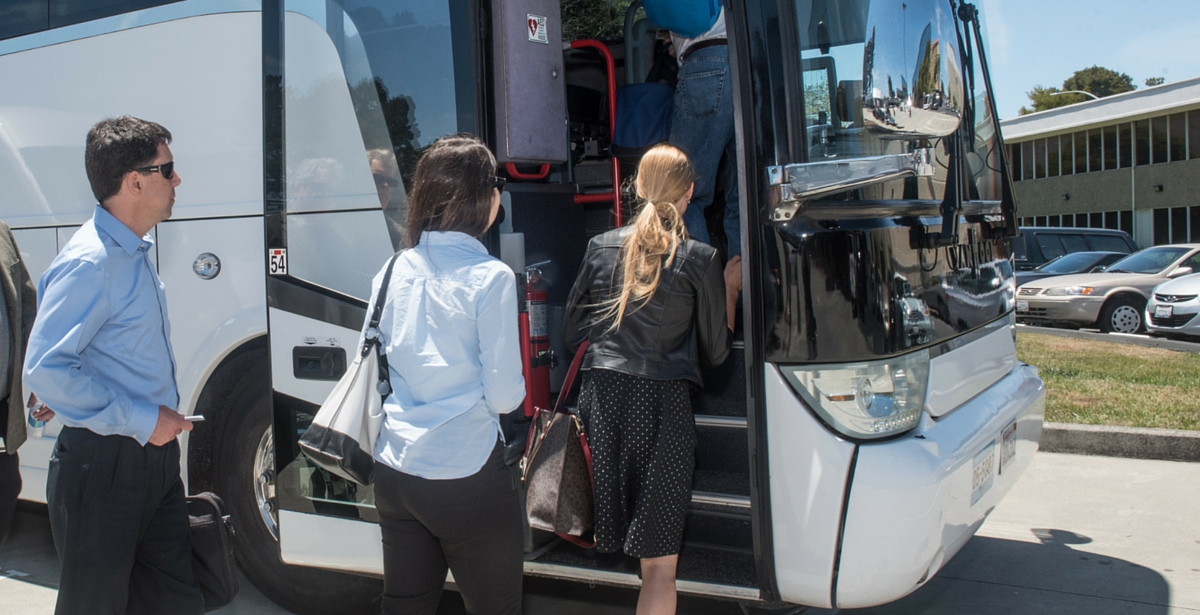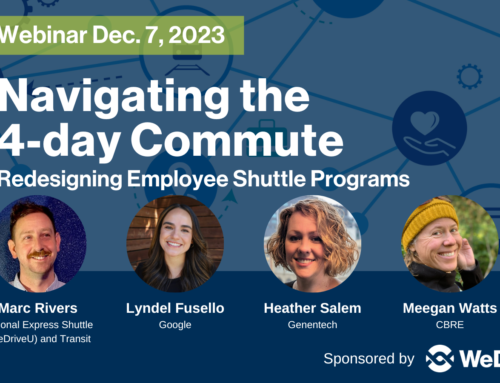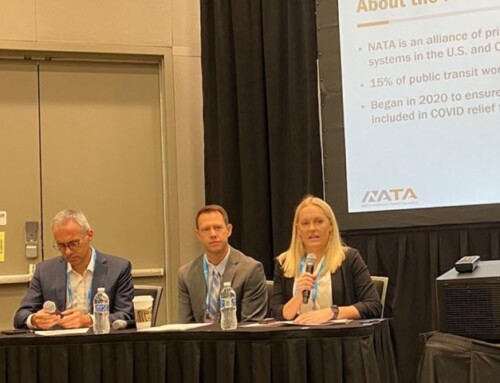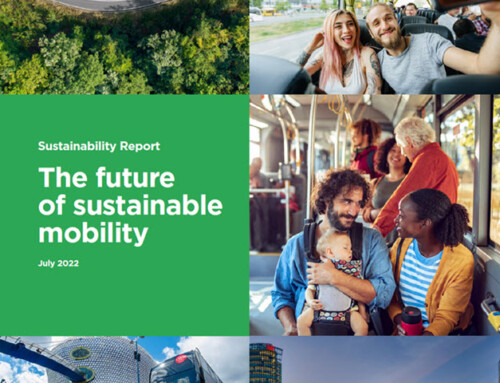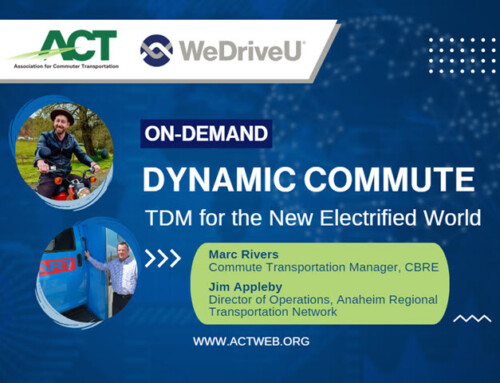Sharing Economy Sparks New Models for Corporate Commute Programs
Mid-size and smaller employers are tapping into the Shared Mobility movement. We sat down with WeDriveU EVP Erick VanWagenen to talk about Commute Alternative program trends and solutions our team is developing in collaboration with employers and partners.
 Q: We’re seeing strong interest in new shared models for structuring and funding Commute Alternative programs as an alternative to single employer-sponsored programs. What’s driving this?
Q: We’re seeing strong interest in new shared models for structuring and funding Commute Alternative programs as an alternative to single employer-sponsored programs. What’s driving this?
Erick: Smaller organizations face the same employee mobility challenges as larger organizations, yet they have limited resources to tackle them based on the size of their employee population. We’re taking a unique approach that reduces the cost per rider while delivering comprehensive solutions for individual employers.
We link multiple employers from similar geographic zones together in a private system so they can share the cost of a comprehensive commute alternative program. This concept brings the cost per rider down while improving the overall level and scope of service with a complete managed solution that we design and implement for them.
Q: It sounds a little like car-sharing, only on a larger scale with employee shuttles. What types of transportation fall under this?
Erick: We have found success in linking multiple employers with Last Mile shuttles connecting their worksites to public transit and parking, as well as long-distance Employee Commute shuttles.
Q: What types of organizations are shared systems a good fit for? What are some of the creative ways you see them structuring these programs?
Erick: We see this with managed worksites, such as commercial properties with multiple tenants. Land or building management companies can offer shuttles as a perk or charge tenants directly.
We also see this across multiple worksites, where several employers capitalize on what we call “deadheads,” another name for the return trip after dropping all passengers at their destination. Leveraging deadheads can reduce the cost of operating long-distance commute programs by 40% or more.
Q: Are these options more popular in certain regions of the U.S.?
Erick: Shared models are being adopted by employers in emerging commute alternative-friendly markets, like the Seattle, Boston, Austin and D.C./Baltimore areas. It provides the best opportunity to implement a high quality/high value system at a lower price point needed for these companies to get these programs off the ground.
Q: What are some examples?
Erick: There are lots of creative ways smaller companies work with WeDriveU to pool resources and implement Commute Alternatives:
- A technology company in Boston occupies a sprawling, historic waterfront site with multiple tenants. The company offers a shuttle system as an amenity to boost convenience and reduce parking congestion at their campus.
- We also work with a premier research park in Silicon Valley that subsidizes their program as a benefit for tenants and bills back those who take advantage of the shuttle.
- Several building management companies in the greater SF Bay Area engaged WeDriveU to design and manage shuttles as tenant amenities to improve access and alleviate limited parking.
Learn more about WeDriveU Commute Alternative Solutions for employers.

